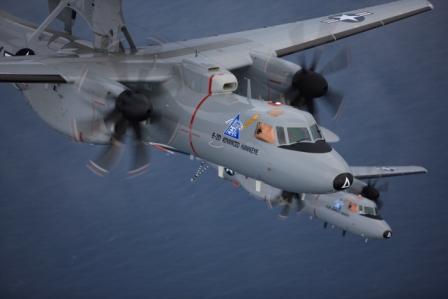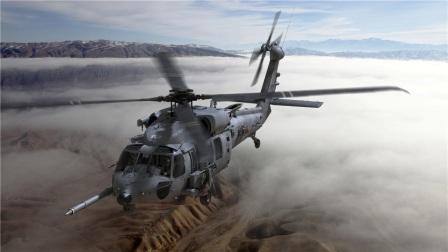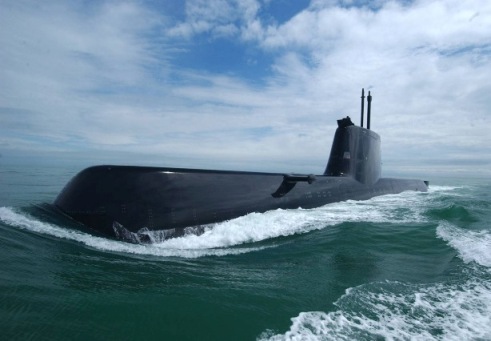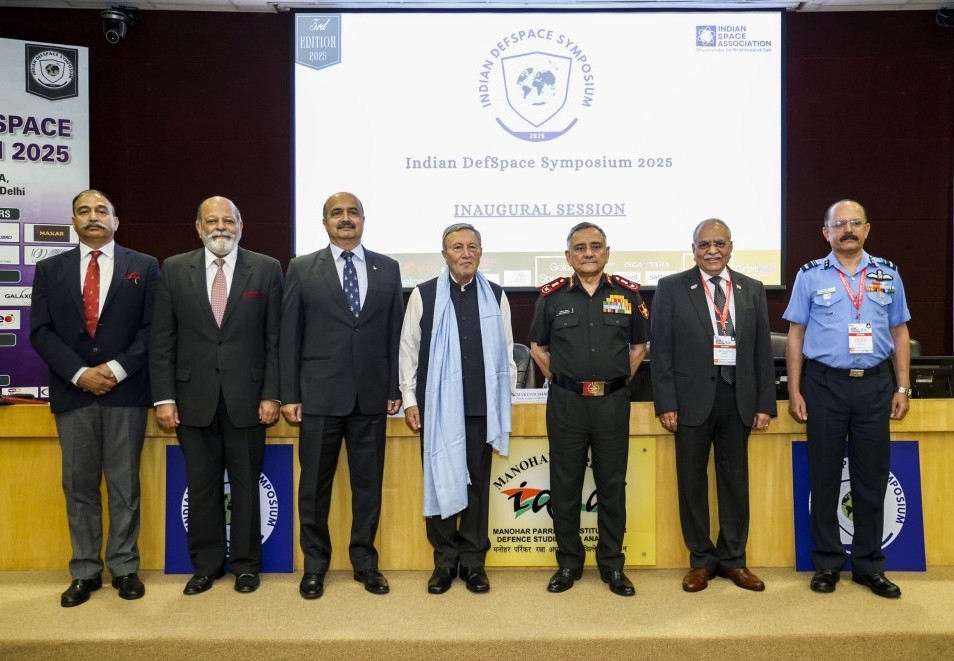
E-2D Advanced Hawkeye. Photo: Northrop Grumman Corporation
FALLS CHURCH, VIRGINIA (BNS): The US Navy has awarded Northrop Grumman Corporation a $3.6 billion contract to deliver 25 new E-2D Advanced Hawkeye aircraft, bringing the total number of aircraft on contract to 50.
Developed and produced by Northrop Grumman, the E-2D Advanced Hawkeye is specifically designed as a carrier-based airborne early warning and control (AEW&C) system.
With its structurally distinctive design - a rotating rotodome and four vertical stabilizer tail configuration - the E-2D Advanced Hawkeye provides unprecedented, 360-degree surveillance to the warfighter.
As the only DOD designed, tested and in-production AEW&C platform, the E-2D Advanced Hawkeye has undergone a significant transformation from previous E-2 models, resulting in revolutionary capabilities.
This includes the new, more powerful AN/APY-9 radar system, exclusive to the E-2D Advanced Hawkeye, which represents a two-generational leap in radar technology and allows the warfighter to "see" a greater number of targets at much greater distances - as well as new avionics and a glass cockpit.
"The E-2D Advanced Hawkeye is the Navy's primary airborne early warning and battle management command and control platform," said Navy Capt. John S Lemmon, programme manager, E-2/C-2 Airborne Tactical Data System Program Office (PMA-231).
"I'm confident that as the E-2D Advanced Hawkeye attains initial operational capability later this year, the E-2D will continue to be ready, relevant and capable for decades to come and continue serving the Navy Carrier Strike Group with distinction."
The Navy's E-2D Advanced Hawkeye programme of record is for 75 aircraft, of which Northrop Grumman has already delivered 13 production aircraft.
Lockheed Martin Naval Electronics and Surveillance Systems, Syracuse, New York, serves as the principal AN/APY-9 radar system supplier and is teamed with Northrop Grumman Electronic Systems, Baltimore, and Raytheon's Space and Airborne Systems, El Segundo, California.
Rolls-Royce (Indianapolis, IN) provides the T-56-A engines while BAE Systems, Greenlawn, New York, is responsible for the identification friend or foe system and L-3 Communications Randtron Antenna Systems, Menlo Park, California, developed the ultra-high frequency electronically scanned array antenna.
 Previous Article
Previous Article Next Article
Next Article













The Indian Air Force, in its flight trials evaluation report submitted before the Defence Ministry l..
view articleAn insight into the Medium Multi-Role Combat Aircraft competition...
view articleSky enthusiasts can now spot the International Space Station (ISS) commanded by Indian-American astr..
view article